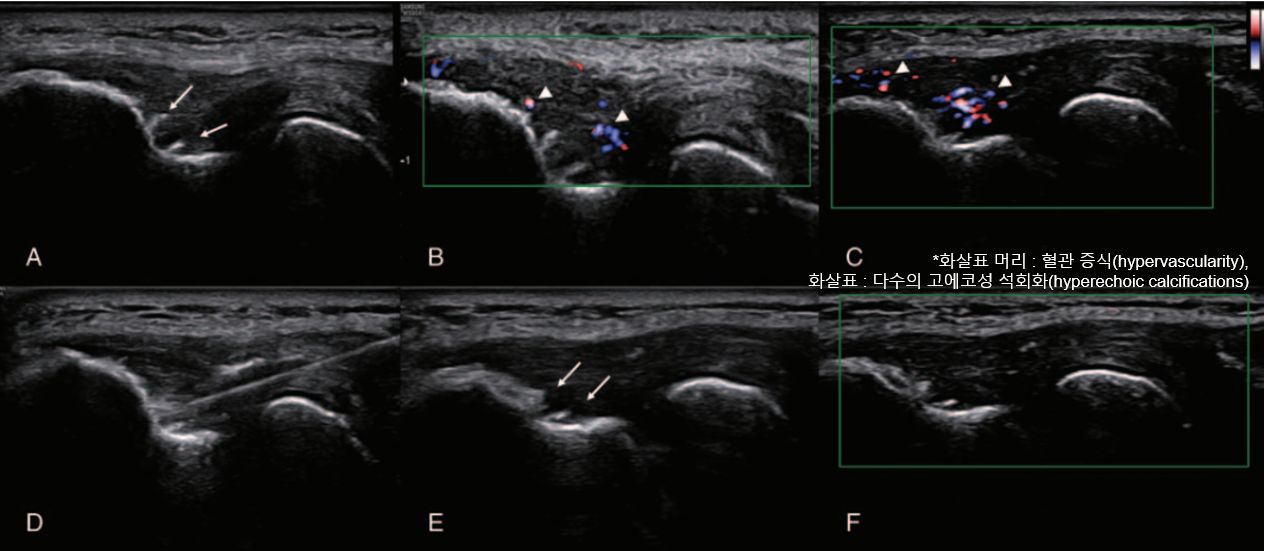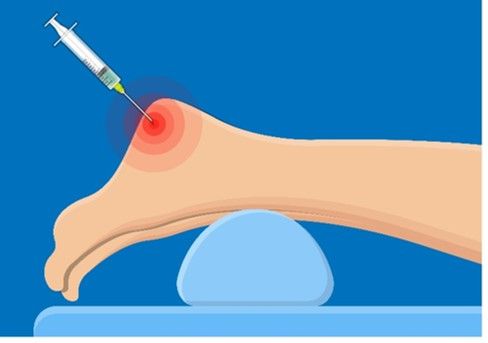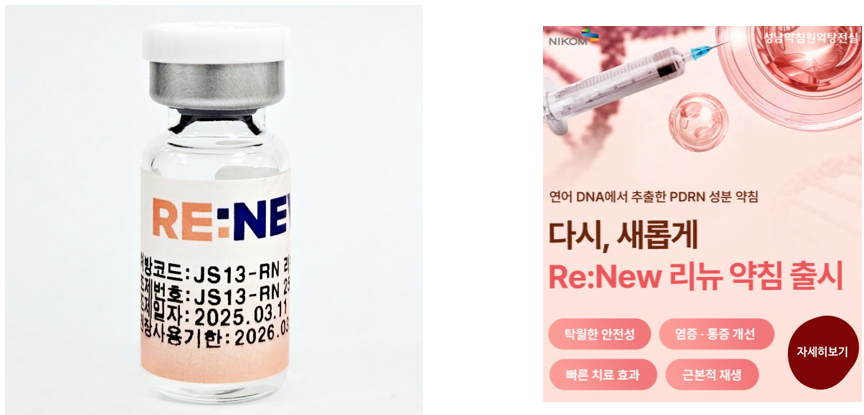Oct 16 • Nakyoung Lee
[Lecture Review]Clinical Applications and Trends of PDRN Pharmacopuncture
The continuation of the CME series, Clinical Trends of PDRN Pharmacopuncture in Musculoskeletal Disorders, offers an in-depth exploration of PDRN’s regenerative and anti-inflammatory mechanisms.
This lecture examines its therapeutic applications across rotator cuff disease, lateral epicondylitis, plantar fasciitis, and osteoarthritis, translating molecular and clinical evidence into practical ultrasound-guided techniques for integrative pain management.
Lecture Overview – This lecture is structured around the following key learning objectives:
1. Enhance medical knowledge by understanding the therapeutic mechanisms and pharmacological properties of PDRN pharmacopuncture in musculoskeletal disorders.
1. Enhance medical knowledge by understanding the therapeutic mechanisms and pharmacological properties of PDRN pharmacopuncture in musculoskeletal disorders.
2. Improve clinical competency by reviewing the latest clinical evidence and treatment trends of PDRN pharmacopuncture.
3. Enhance patient outcomes by applying new therapeutic approaches using PDRN pharmacopuncture in clinical practice.
From Molecules to Muscles: Clinical Regeneration through PDRN Pharmacopuncture
This lecture emphasizes not only the molecular actions of PDRN but also its translation into real-world musculoskeletal therapy. Through evidence-based analysis and clinical imaging, participants will see how this DNA-derived compound promotes anti-inflammatory modulation, angiogenesis, and tissue repair across key disorders including rotator cuff disease, lateral epicondylitis, plantar fasciitis, and osteoarthritis.
Key highlights include:
Mechanism of Action :
PDRN activates the adenosine A2A receptor, downregulating inflammatory cytokines while stimulating VEGF, EGF, and FGF to promote angiogenesis and tissue regeneration.
PDRN activates the adenosine A2A receptor, downregulating inflammatory cytokines while stimulating VEGF, EGF, and FGF to promote angiogenesis and tissue regeneration.
Ultrasound-Guided Applications :
Step-by-step visualization of PDRN injection techniques targeting specific anatomical landmarks—subacromial bursa, common extensor tendon origin, and plantar fascia attachment—translating pharmacologic knowledge into precise clinical interventions.
Comparative Evidence :
Clinical outcomes are reviewed across randomized and observational studies comparing PDRN with corticosteroids, ESWT, and hyaluronic acid, revealing its regenerative potential without the risks of catabolic effects.
Clinical outcomes are reviewed across randomized and observational studies comparing PDRN with corticosteroids, ESWT, and hyaluronic acid, revealing its regenerative potential without the risks of catabolic effects.
Safety and Formulation Insight :
Discussion on Renew Pharmacopuncture, a PDRN-based preparation developed under Korea’s national research initiative, focusing on its aseptic manufacturing, concentration parity with commercial injectables, and rationale for non-terminal sterilization.

Why This Lecture Matters
For clinicians treating musculoskeletal pain—whether tendinopathy, fasciitis, or degenerative joint disease—this lecture bridges basic science and integrative clinical application. It equips practitioners with both mechanistic understanding and procedural confidence to adopt PDRN pharmacopuncture safely and effectively.

Ready to Elevate Your MRI Knee Interpretation?
Join this CME session to experience how regenerative injection therapy through PDRN can expand your clinical toolkit—enhancing tissue healing, reducing inflammation, and elevating patient outcomes in integrative musculoskeletal medicine.

What to read next on Jaseng Medical Academy
Get in touch
-
536, Gangnam-daero, Gangnam-gu, Seoul, Korea
-
jaseng.education@jaseng.co.kr
-
+82 2 2222 2792
-
Contact Us
Family Sites
Our Newsletter
Receive Jaseng Medical Academy's updates and events
Thank you!
Copyright © 2019 - 2025 Jaseng Medical Academy. All rights reserved.

